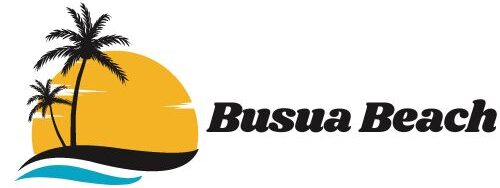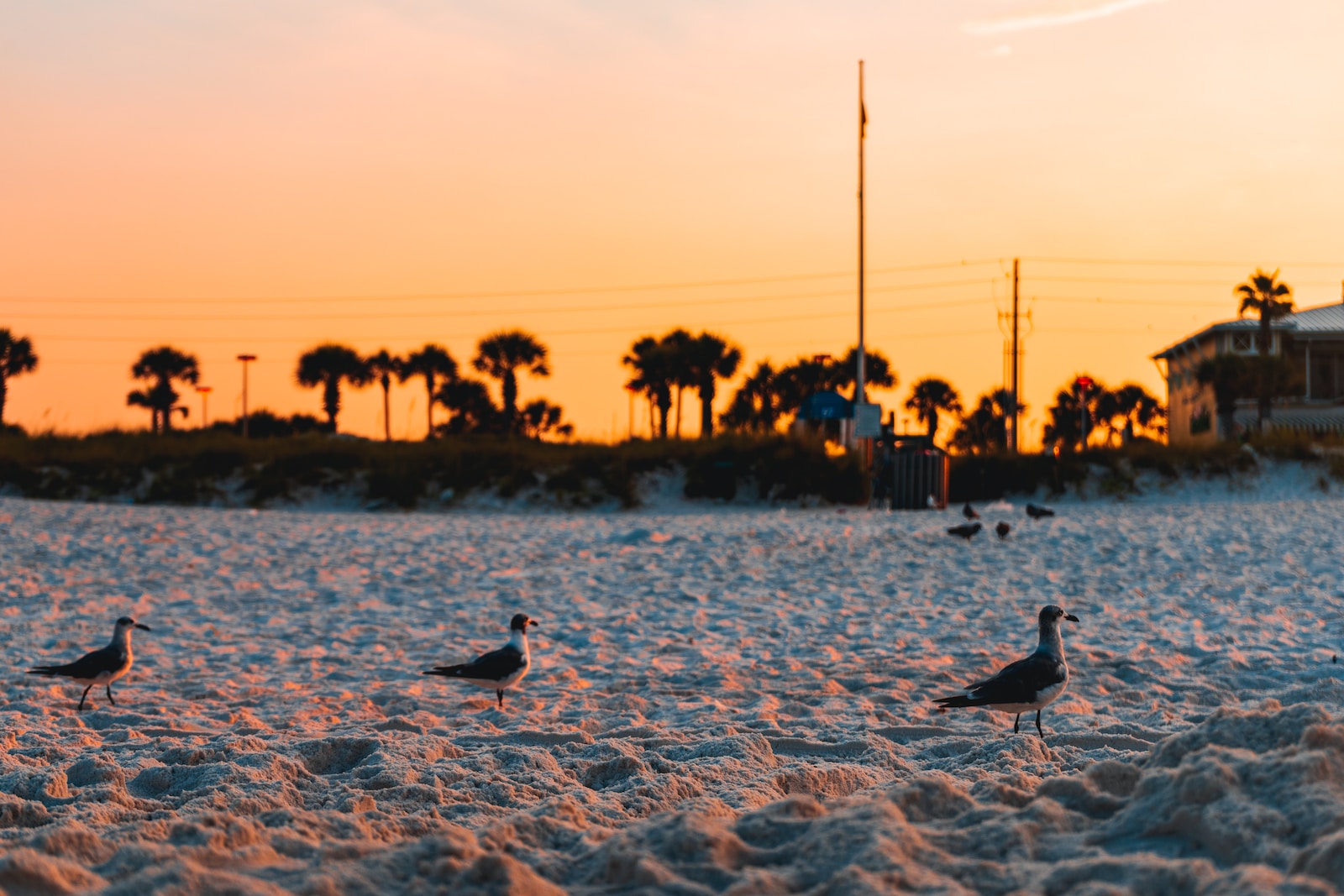Whereas beaches are fun to visit, some things may make it less fun. Some include weeds and algae, which most visitors find disgusting or scary.
If that’s how you feel about these unwanted guests along beaches, you must research related facts about the beach you plan to visit. For instance, if it is your considered destination, does Panama City Beach Get June Grass?
What is it, and how can you identify it, to begin with? What are the facts you need to learn about it?
This article is a must-read if you don’t know the answers to these questions. So, keep reading since it leaves no stone unturned regarding Panama City Beach and the June Grass, including whether there is an association between them.
What is June Grass?
Before figuring out whether Panama City Beach has June Grass, what about understanding it first? June Grass is a seaweed. It is slimy and usually floats; hence hard to miss.
However, this green slimy content isn’t June Grass without its companion. Its partner in crime is prickly patches, usually in chunks and small air bubbles.
This combination is what people refer to as June Grass. It is important to note that it isn’t a scientific name, and the two materials are separate and different.
The name’s origin remains a mystery; hence, one can’t explain how it came about. Equally important, it is hard to identify when people started referring to the two as June Grass.
However, its name has something to do with its appearance most of the time in June. Under such circumstances, one can understand where this name is coming from.
On one side, there is sargassum. On the other hand, there are green algae as far as June Grass is concerned.
Some people use the term June Grass to refer to the sargassum, whereas others use it for green algae or both. Despite this confusion, the two are different; one can’t be June Grass without the other.
Nevertheless, you will realize that both sargassum and green algae appear on the beach simultaneously. The interesting part is traveling for quite a long journey to the shore.
What about looking at the two components for a better understanding?
What is Green Algae?
The green and slimy material is part of the June Grass. It is also small, not forgetting how it floats on water.
Its consistency also differs from that of its companion. It can be found almost everywhere, including tiny crevices and cracks.
What is Sargassum
We mentioned that June Grass comprises patches, and that material is called sargassum. It comprises a leafy bunch and small air sacs. The latter looks like small grapes and is responsible for its floating characteristic.
For this reason, most marine animals use it as a home, especially when moving around. It is a Portuguese name too.
The component of June Grass travels for a long distance since its origin is the Sargasso Sea on the northern side of the Atlantic. The bunches are usually large and thick before the waves and current breaks them into small pieces.
However, the pieces become bigger over time through growth and multiplication, and the cycle continues. They also follow the current and settle where it takes them.
It is common along the Gulf and east coast and is a type of brown algae.
Can You Find June Grass on Panama City Beach?
Here comes the answer to our million-dollar question. Yes, June Grass can be found in various places, including Panama City Beach.
One of the places one can find it along this beach is around City Pier.
The Walton or Okaloosa counties and Laguna Beach are other parts where you can find seaweed. So, you might come across it while beaching along Panama City Beach.
Why Is There June Grass on Panama City Beach?
One would say that June Grass occurs on Panama City Beach naturally. Like any other beach, seaweed is a crucial component of the shores’ ecosystem, and this one isn’t an exception.
Out of the various seaweed on this beach, one of them is the June Grass. Naturally, it should stay on the sea floor, but the surf and the weather often disturb it when rough.
Consequently, the June Grass is washed to the shores. Besides providing marine life food, seaweed plays another role in this ecosystem, providing a place for fish, especially the small ones, to lay their eggs.
Is June Grass Harmful
No, visiting Panama City Beach despite the June Grass is safe. It can be disgusting and annoying, especially since it is slimy, but that’s as far as it goes.
Another annoying part about the seaweed is the bad smell. Again, whereas it is disgusting and annoying, it is far from harmful to people.
It may also attach itself to your hair or swimming costume if you come into contact with it.
Nevertheless, be aware of small sea creatures that love calling the likes of sargassum home. They could lead to blisters or rashes on your screen.
That’s a different case for red tile blue-green algae, which produces toxins. On the contrary, various marine animals, including shrimp, crabs, birds, and fish, find refuge and food in June Grass, especially the sargassum component.
However, seaweed can harm marine life. That’s especially the algae that lead lack of oxygen the marine life needs to survive.
Facts About June Grass on the Panama City Beach
It is worth noting that these facts also apply to June Grass elsewhere. They include the following:
- Upon reaching the shore, June Grass accumulates while rotting in the sun. Consequently, an unpleasant smell may arise.
- It won’t harm you for coming into contact with it, though, but reconsider that if you have an open wound mostly for hygienic reasons
- In most cases, June Grass gets intense after heavy rains
- As long as you are going to the beach, it may be hard to avoid the seaweed
- Avoid bays and dune lakes among other freshwater inlets since June Grass thrives in such areas thanks to the nutrient-rich water around those places
- Despite the look at the smell, it is suitable for the ecosystem around the shores
- Whereas it often appears in June, you can still find June Grass in May and the rest of the summer
- Honestly, it is hard to predict when the seaweed will be over once it comes
- Regardless of its name, it isn’t grass

